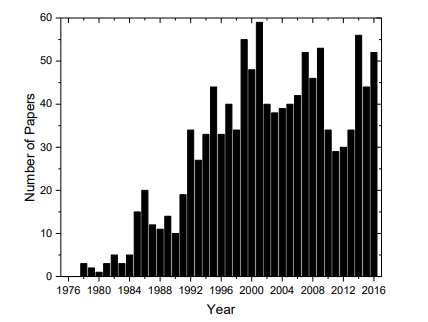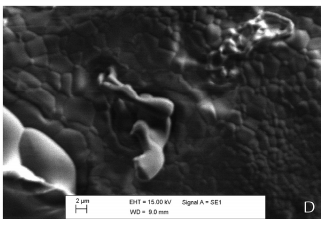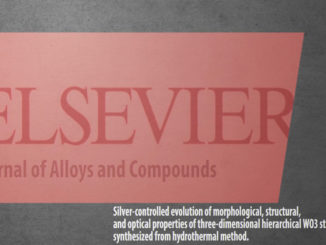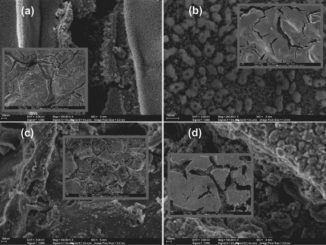
X-ray Absorption Fine Structure (XAFS) Studies of Oxide GlassesA 45-Year Overview
Abstract: X-ray Absorption Fine Structure (XAFS) spectroscopy has been widely used to characterize the short-range order of glassy materials since the theoretical basis was established 45 years ago. Soon after the technique became accessible, mainly due to the existence of Synchrotron laboratories, a wide range of glassy materials was characterized. Silicate glasses have been the most studied because they are easy to prepare, they have commercial value and are similar to natural glasses, but borate, germanate, phosphate, tellurite and other less frequent oxide glasses have also been studied. In this manuscript, we review reported advances in the structural characterization of oxide-based glasses using this technique. A focus is on structural characterization of transition metal ions, especially Ti, Fe, and Ni, and their role in different properties of synthetic oxide-based glasses, as well as their important function in the formation of natural glasses and magmas, and in nucleation and crystallization. We also give some examples of XAFS applications for structural characterization of glasses submitted to high pressure, glasses used to store radioactive waste and medieval glasses. This updated, comprehensive review will likely serve as a useful guide to clarify the details of the short-range structure of oxide glasses.
Author(s): Mastelaro, Valmor Roberto; Zanotto, Edgar Dutra.
Materials
Volume: 11 Issue: 2 Published: 2018
DOI: https://doi.org/10.3390/ma11020204
PDF: X-ray Absorption Fine Structure (XAFS) Studies of Oxide GlassesA 45-Year Overview




